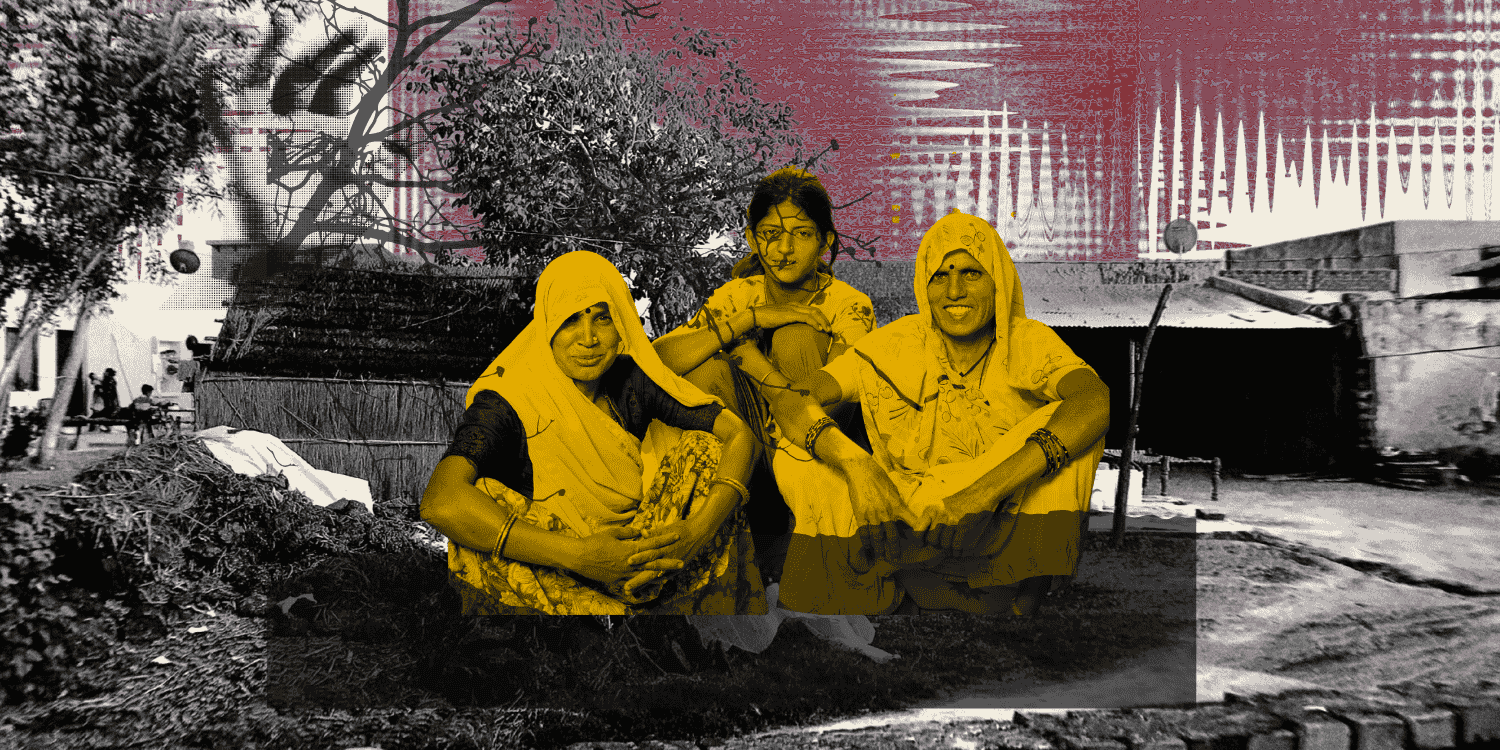ABSTRACT
This issue brief, the third in SPRF’s series on India’s Urban Transition focuses on the process of rurbanisation. Rurbanisation has been recommended by many scholars and taken up by successive governments as a way of redistributing the effects of India’s economic growth, which has been conventionally concentrated in and around major urban centres. This brief explores the progress of the Shyama Prasad Mukherji Rurban Mission or National Rurban Mission (NRuM), the most prominent policy measure to promote rurbanisation, launched in 2016 under the Ministry of Rural Development. It also identifies relevant roadblocks and provides recommendations for the same.
INTRODUCTION
Over the years, there has been a change in the nature of India’s village economies, with an occupational shift from farm to non-farm sectors and an increased emphasis on higher educational attainment. The NABARD All India Financial Inclusion Survey (NAFIS) 2017-18 revealed that less than half (48%) of rural households could be considered agricultural whereas the remaining 52% were non-agricultural in nature (National Bank for Agriculture & Rural Development 2016-17: 11).
The comparison of the 38th round of National Sample Survey (1983) to the Periodic Labour Force Survey (PLFS) for the year 2017-18 shows a similar decline in agricultural sector participation (Ministry of Statistics and Programme Implementation 2019: v). The 1983 survey findings note that 77.5% of men and 87.5% of women worked in the agricultural sector in rural areas; while the PLFS 2017-18 revealed that only 55.0% of men and 73.2% of women continued to work in agriculture. Overall, there has been a workforce participation decline of 22.5% for rural males and 14.3% for rural females working in the agriculture sector. The workforce participation rate increased in the restaurant, trade and hotel sectors during the same period.
Sociologist Dipankar Gupta notes a similar change in the education sector, as rural people are more motivated now to educate their children and look for better educational opportunities for them through private schools in nearby towns and cities (Gupta 2015: 41). The Annual Status of Education Report (Rural) 2019 also found a directly proportional relationship between the percentage of enrollments in private schools and age. As per the survey, only 1.9% of 4-year-old children were enrolled in private schools, but the percentage of enrollments rose to 36.7% for 8-year-olds (ASER 2020: 51).
The findings of the surveys mentioned above indicate what researchers and policymakers have called ‘rurbanisation’, or the process of rural areas taking on urban characteristics, whether through conscious government policy action or gradual dispersal of economic growth. While in the west, ‘rurban’ areas are characterised as places that are rural in nature but geographically situated closer to urban areas, in India, rurbanisation refers to the process of providing urban amenities to rural areas (Sidhwani 2014: 1). The ‘rurban’ design seeks to integrate the elements of the urban in the rural by providing rural areas the opportunities and infrastructure hitherto restricted to urban areas (Ibid.). In a nutshell, as also articulated by Prime Minister Narendra Modi, rurbanisation seeks to connect the rural to the urban “where the rural soul is bent with a touch of urban” (Modi 2012).






